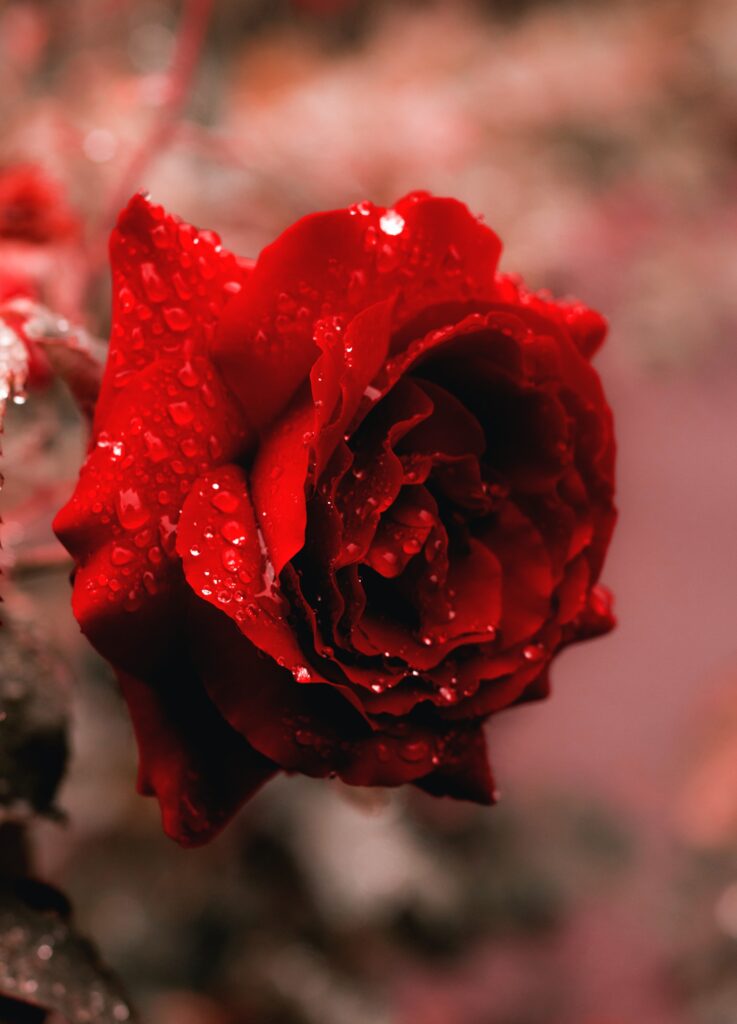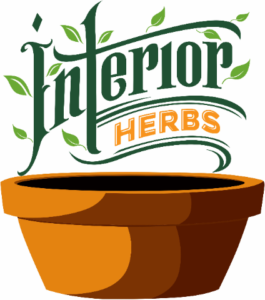Owners of cats know that their pets rarely remain indifferent to plants in the house, they strive to try the leaves or flowers to taste. The problem is that some plants can be extremely dangerous for the life and health of animals. The consequences of the seemingly harmless chewing of leaves can be sad – even fatal. Which house plants are safe for cats?
When a kitten appears in the house, the responsible owners must definitely check the flowers in the apartment. It may turn out that familiar plants actually pose a serious danger to the new pet. Such, for example, include euphorbia, since they contain poisons. For more information on what plants are toxic for dogs, have a look at this article.
Why Do Cats Eat Plants
To believe that a cat herself knows what is good for her is fundamentally wrong. In fact, a pet can try a home flower both out of curiosity and out of necessity, for example, when it lacks vitamins or wants to clean its stomach from wool. Therefore, in order to protect the pet, first of all, it is necessary to observe several simple rules:
Limit Access To Dangerous Plants
If there are plants in the house that are dangerous for the cat, but you are not ready to part with them, then you can place them in a place inaccessible to the pet.
Another option is to spray them with orange oil or put orange peels in the ground. True, the latter may not work, because not all cats are scared away by the smell of citrus.
Grow Cat Grass
Buy seeds at the pet store, sprout them on the windowsill and regularly offer the cat to enjoy fresh grass.
Use Vitamin Supplements
If the cat is interested in indoor plants, this may be due to the fact that she lacks vitamins. Talk to your veterinarian; if the reason is really that, then he will prescribe supplementation.
Allow For Your Cat To Remove Hairballs
If you have a long-haired pet, periodically give him a paste or tablets for removing wool. This is especially true during molting – in the fall and spring.
If you worry about plants that are safe for cats – don’t worry, there are some, and you can easily provide them with your pet! There are many plants that are cute, they can be raised as indoor, while being non-toxic and edible (and beneficial) for cats.
In fact, most herbs are completely safe for cats. The cat is a member of the family, so let’s learn how to please her a little more.
If you fill your house and open areas in the country with these edible plants, which are completely safe for domestic cats, they will less likely encroach on what they should not.
These herbs are as cute as other popular indoor plants, but there is no danger to animals, only benefits and fresh vitamins. And growing them is easy!
What Plants Are Not Toxic To Cats?
Here are 5 plants that are not toxic to your little cats. And will also add to the beauty of your indoor garden.
- Cacti
- Roses
- Coleuses
- Violets
- Cat Nip
Cacti (Cactaceae)
Surprisingly, cacti, despite their formidable appearance, are among the domestic plants that are completely harmless to cats. True, it is worthwhile to carefully monitor that the pet is not accidentally injured by a needle due to excessive curiosity.
Water your green friend with water at room temperature. Use melt or rain water. Normal cactus owners like you can get along with filtered or tap water. Better to water in the pan. It’s just that you can also put it in the pot, the main thing is not to get on the cactus itself. If the window is cool and rainy, the plant does not need to be watered at all, even if the earth is completely dry. On such days, the thorns have enough atmospheric moisture.
If in the summer the cactus feels great near the windows facing south or east, then in winter the plant needs a 5-15-degree coolness. So place a friend on the windowsill under which the builders forgot to install the battery. The cactus should always stand on the same side to the sun, so you can glue the pot with superglue if you have many young children near the window.

Roses (Rosa)
Small indoor roses in a pot or a rose bush in the country is a beautiful and fragrant decoration that will delight the eye. All varieties of roses are safe for animals, however, everyone can prick about thorns, and a cat is no exception. Therefore, you must ensure that the spike does not go deep into the paw and does not cause infection.
In most cases, roses are thermophilic, but there are species that grow in harsh climates. Roses prefer bright lighting and, with significant shading, hardly bloom at all, even in partial shade they are depleted and bloom very weakly.
Soils can be of any composition, but for garden groups – well-fertilized. Roses are grown on neutral soils, on slightly acid soils – only in the southern regions. The determination of the boundaries of acidity is associated with the intensity of mineralization processes.
Coloring of cultivars is manifested more intensively in soils with alkaline reaction. Soil for roses should be well-drained. For plentiful and long flowering roses require constant watering.

Coleus (Plectranthus Scutellarioides)
Bright colorful leaves of coleus can decorate any home garden and will not harm the cat. Even if she bites or swallows a leaf, there will be no consequences. Maranda will allow you to add greenery to the house.
Coleus is cultivated as a decorative foliage plant. Seedlings are sown in the last days of March, and seedlings are planted in the soil in the second half of May. Illumination is better before noon, the flower needs a lot of bright sunlight, and then it needs a little shading. In the summer the temperature should be from 18 to 20 degrees, and in the winter months – no colder than 12 degrees.
It is important to moisturize the soil often and abundantly. Coleus needs high humidity, so the bush should often be moistened with a spray gun, especially on hot days. It should be fertilized during the spring-summer period, the flower is fed 1 time in 7 days, and in the winter – 1 time in 4 weeks. For this, mineral complex fertilizer is used.

Violets (Viola)
Simple and modest violets are also not dangerous for pets. A wide variety of types and shades of violets allows you to make a real flowerbed on the balcony or window sill.
In diameter, flowers reach 20-40 millimeters. They are collected in racemose inflorescences and can be simple five-petalled or terry limbic, corrugated or star-shaped. Flowers can be painted in almost any color shade, and they can be either two-tone or one-color.
Violets need bright light, and it must be diffused. For violets, a window of northeast, north and northwest orientation is suitable. The daylight hours are from 13 to 14 hours. Temperature mode during intensive growth – from 18 to 24 degrees, in the winter months – not colder than 15 degrees.
As for watering, spend it systematically a couple of times a week. At the same time, every ten days it is recommended to water the bush by the method of lower watering. Violet grows normally with the air humidity that is typical for living rooms.

Catnip (Nepeta Cataria)
You probably already know catnip (if you have a cat), but did you know that it can be raised at home? Growing fresh catnip is as attractive to cats as the dried version. In addition to fragrant leaves, the plant produces small white flowers (and there are also blue and purple).
Catnip can be grown in a pot or on a garden bed, perennial.
The best dessert for your cat, which will be useful to you too! Strongly branched plant 40-60 cm high. It has a burning taste and a pleasant lemon aroma with hints of geranium and mint. The broth is taken with anemia, cough, liver, intestinal diseases, headache, as an anthelmintic. It increases the body’s defenses, has a positive effect on the cardiovascular, nervous and respiratory systems, and stimulates appetite.
Catnip grows best on open soil, but it can also be grown indoors – in this case, keep the plants near a window that is lit by the sun for at least 6 hours a day.
If catnip is grown indoors, it should be placed no further than a meter from the sunlit window.
Catnip loves dry soil, in too moist soil its roots can begin to rot. When watering the grass, one should make sure that the soil is properly saturated, up to the roots, with moisture. Before the next watering, soil should be dry.
Around July, catnip blooms. If wilted inflorescences are cut away, flowering will be more intense, and the bushes will be more compact.

Sam is a graduated biologist who sub-specialised in Botany in his final years. With a passion for human health and food, this was the perfect marriage of his interests. Having been born in the country but spent most of his life living in cities, this blog was his answer to learning how to grow a garden indoors if you didn’t have ample space outside.

